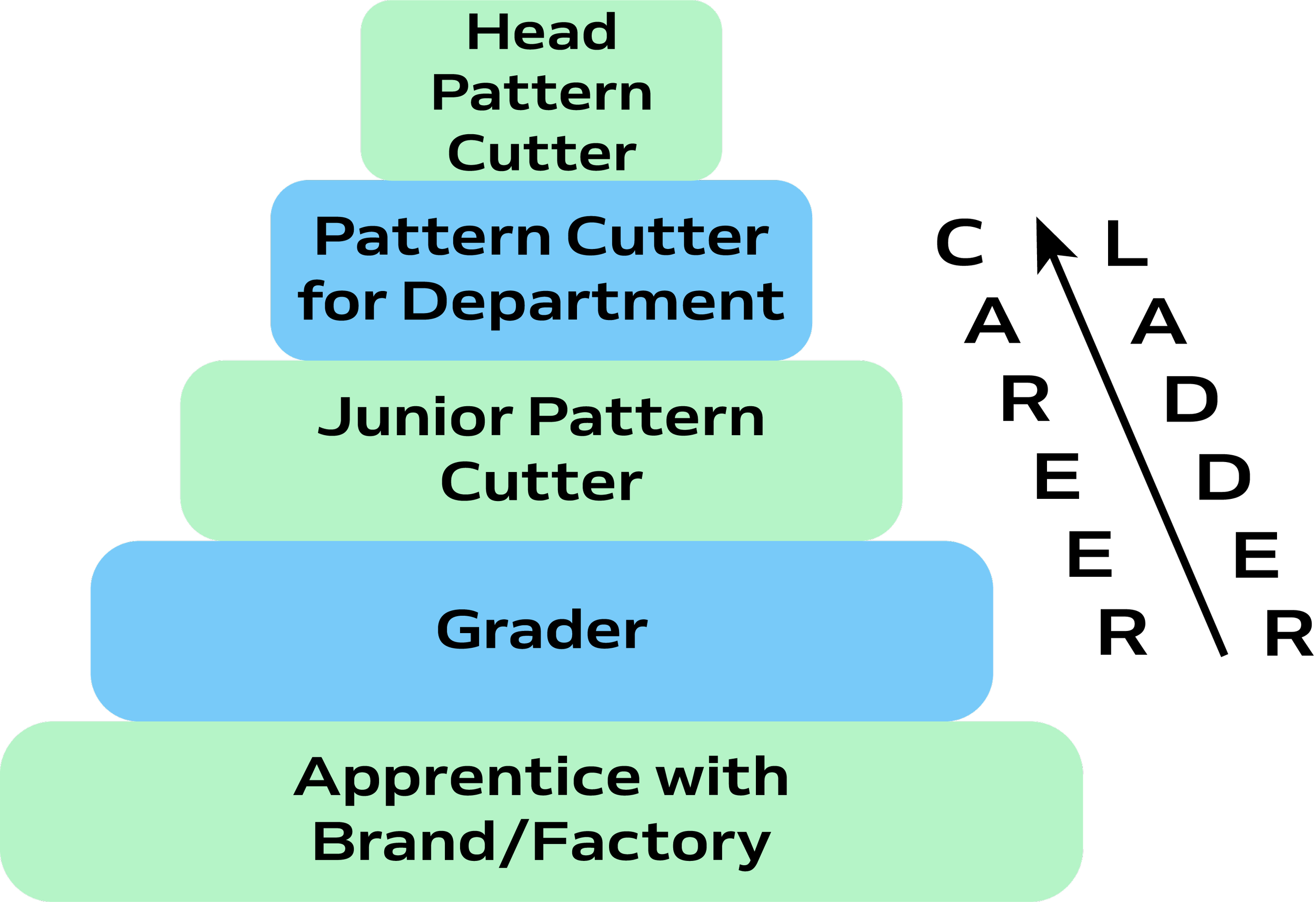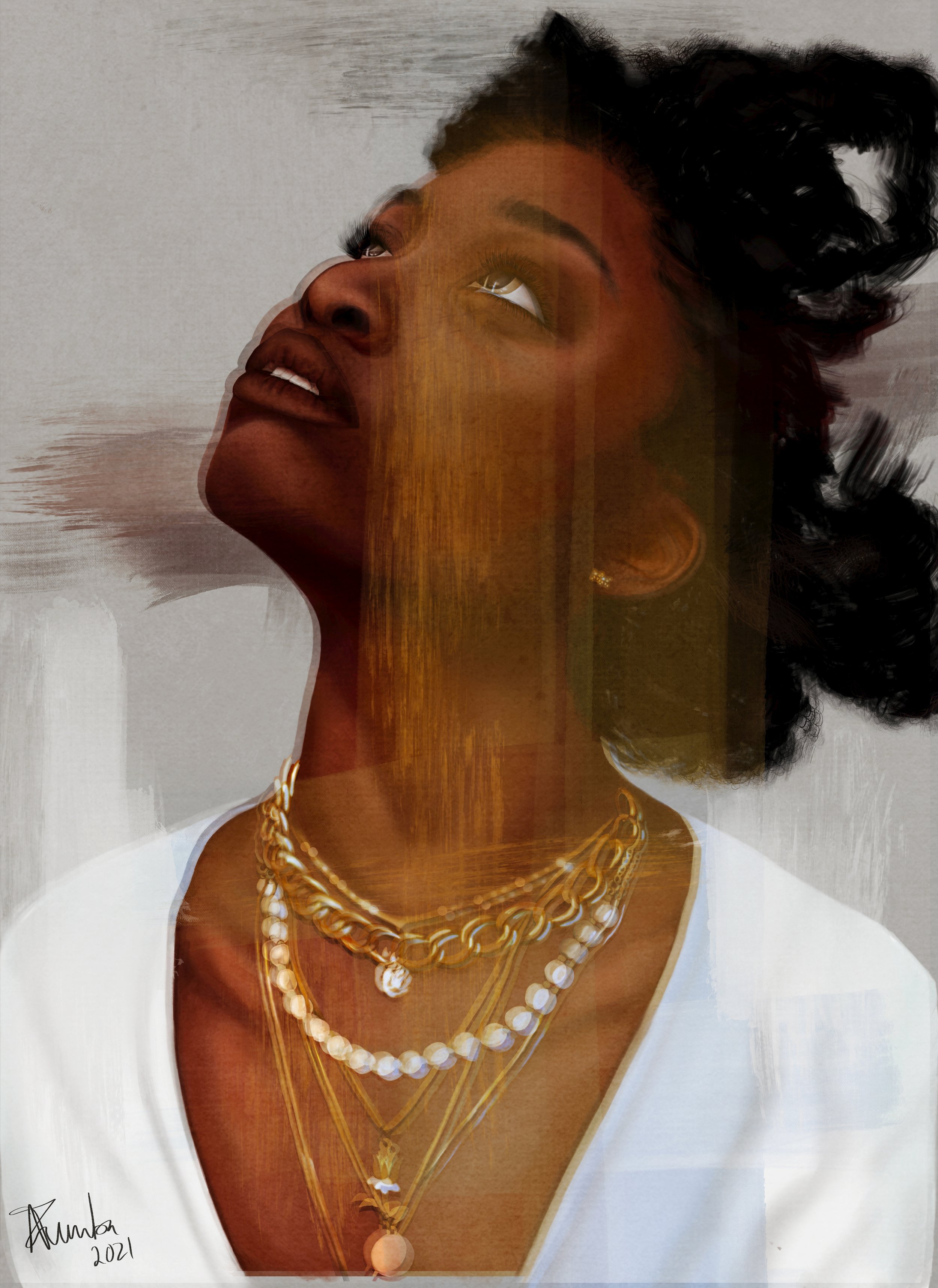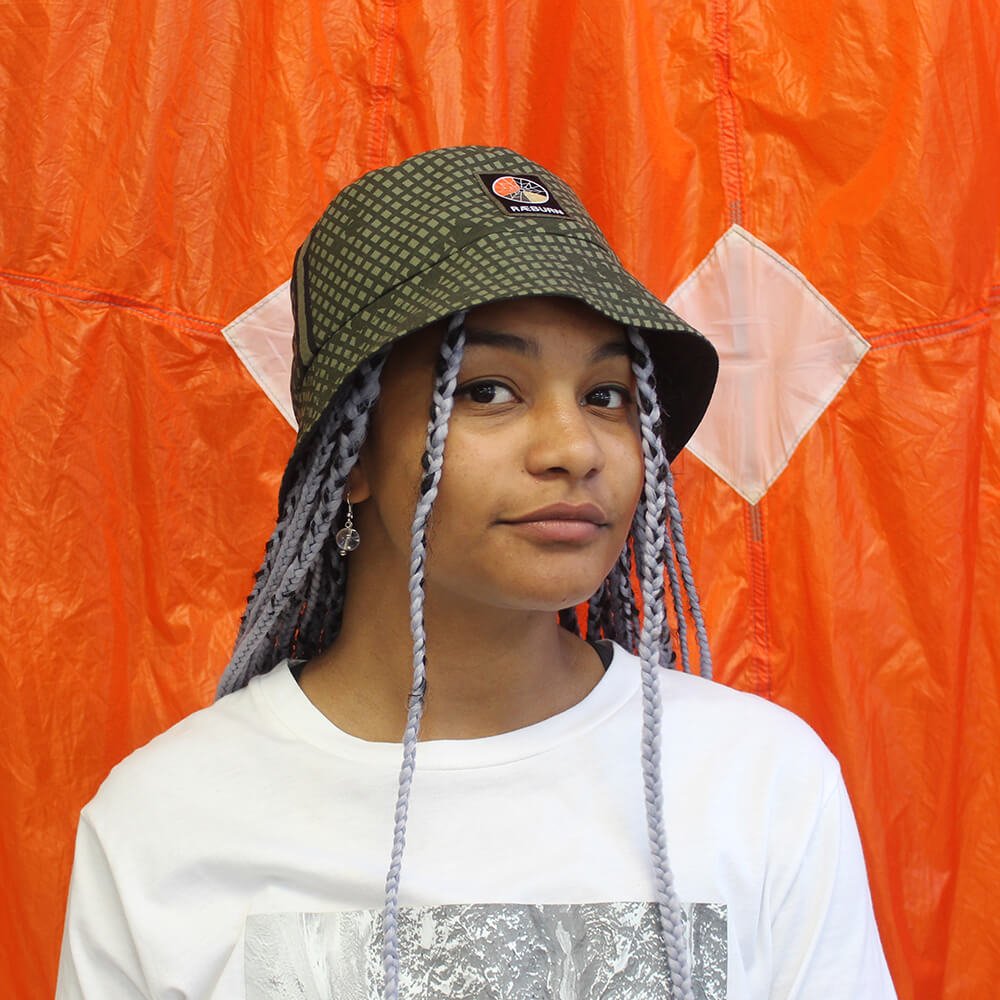
A pattern cutter is someone who takes a design from a 2D image or drawing and transforms it into a garment. A pattern cutter has a very technical role that requires specific expertise. For example, a pattern cutter needs to understand how certain cuts will fit different body shapes in different ways and understand how certain materials and styles sit on the body. They create the pattern that can then be shared with manufacturers to make the garment on a larger scale.


A pattern cutter usually begins their career as an intern or apprentice with a brand or clothing factory, where they can learn their trade on the job. From there, they might transition into becoming a grader, which is someone who cuts patterns for different dress sizes, or work their way up to being a head pattern cutter. Some pattern cutters eventually become tailors or fashion designers.

QUOTE
Pattern cutters work closely with a brand’s design and production teams on a daily basis to ensure that the patterns accurately reflect the original design. They’ll also make adjustments to samples so that the garment fits and moves well when worn. They’ll spend a lot of time cutting and adapting patterns, working with their hands as well as software tools that assist in pattern cutting.
There are a number of ways to start a career as a pattern cutter. You could study a fashion design or garment technology degree or a shorter diploma course in pattern cutting. Traditionally, people did apprenticeships and worked under experts to hone their skills in pattern cutting and grading.
If you are an analytical and creative problem solver, a career in pattern cutting might suit your skillset. Pattern cutters also need to have a thorough knowledge of fabrics and manufacturing, the ability to collaborate with others, and the maintain a high standard of precise work under time pressure.
SKILLS NEEDED
Pattern cutters also need to have a thorough knowledge of fabrics and manufacturing, the ability to collaborate with others, and the maintain a high standard of precise work under time pressure.

If you’re interested in learning to cut patterns, you can find plenty of free downloadable patterns online to try it for yourself. You can start out by sewing a basic garment then work your way up to more complicated styles as you develop your skills. If you live close to a clothing factory, find out if there are volunteering or internship opportunities open to you to experience the environment and see fashion manufacturing in action.
text text
Fashion Futures Job Roles
In this section we will go over
Different job roles in the fashion industry
Career ladders, so you can work your way to the top from entry level roles
Daily Tasks and career highlights
What should you study?
What skills do you need?
